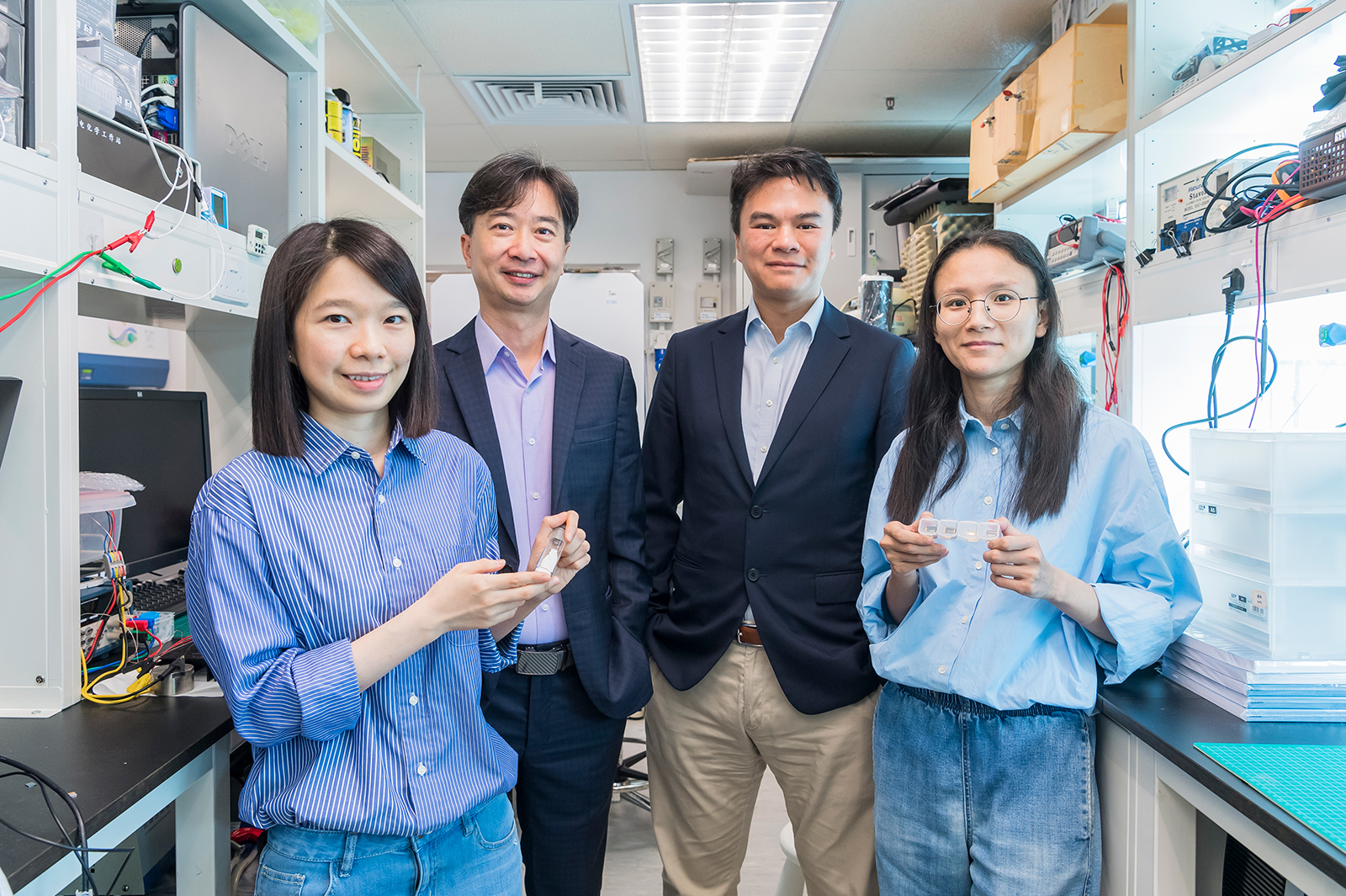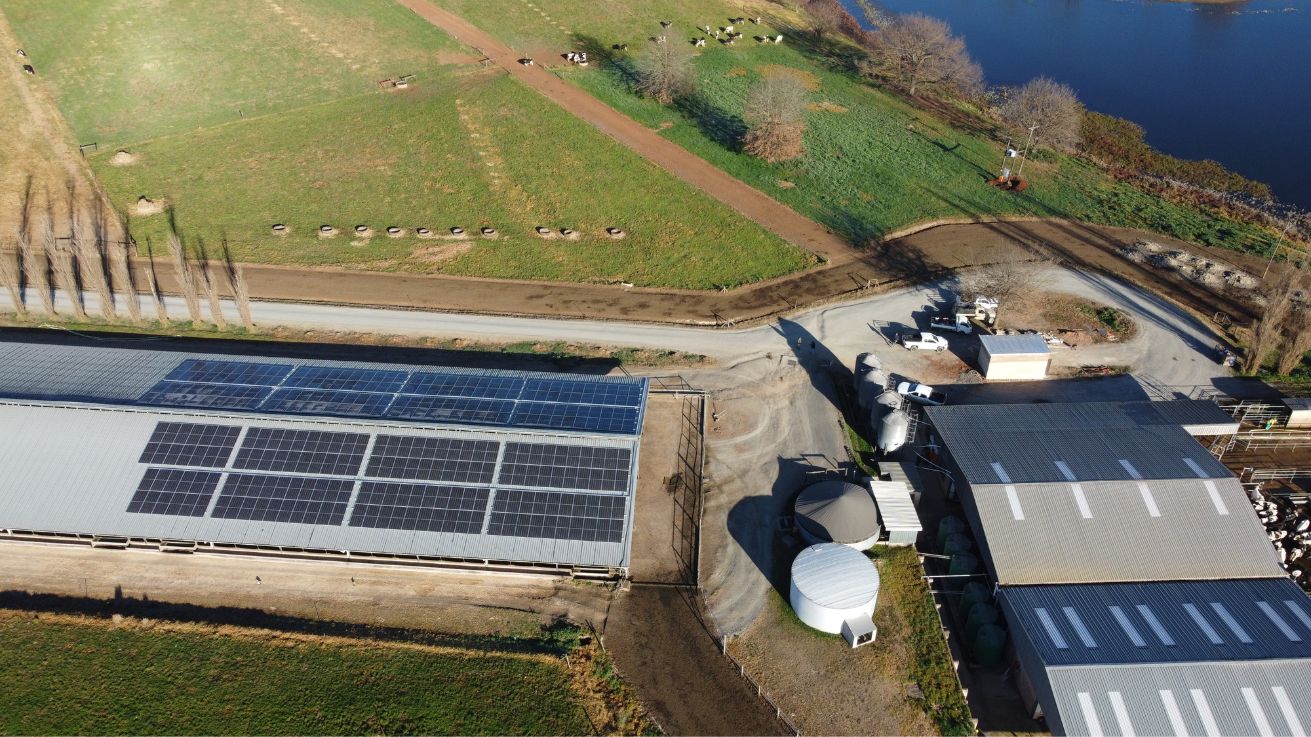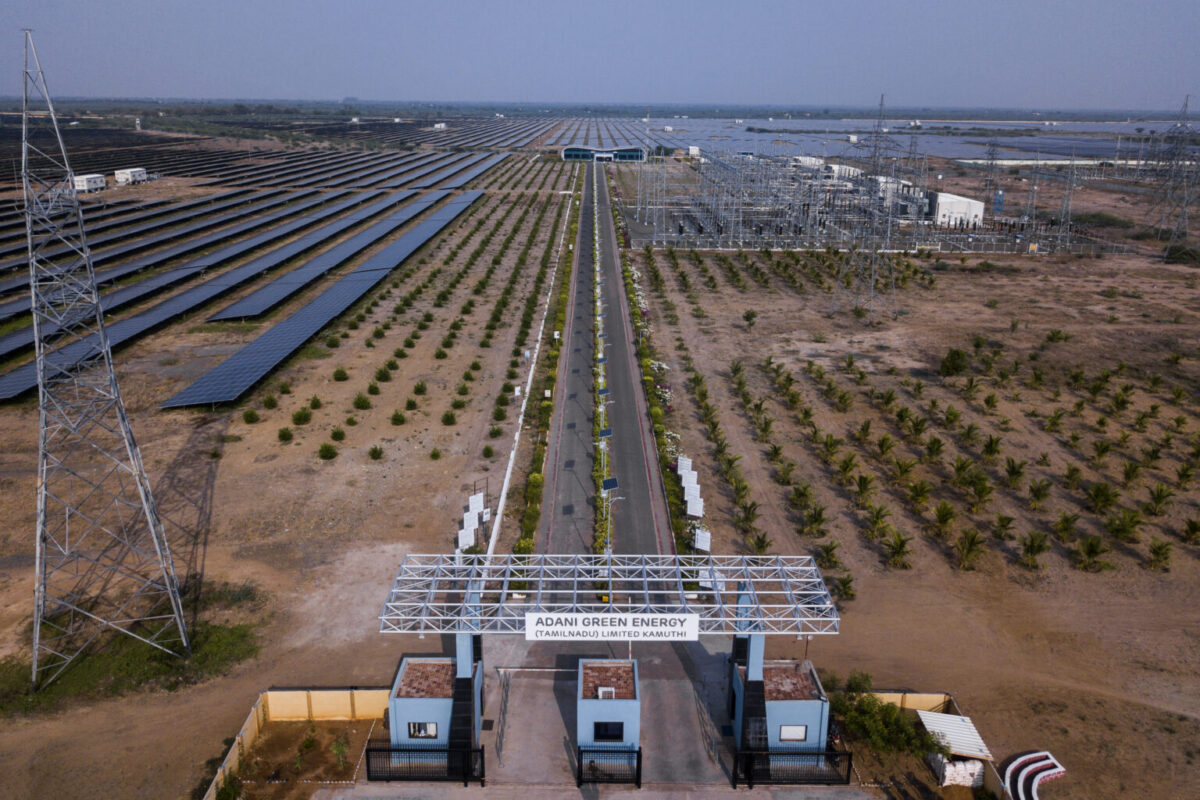In a significant advancement in solar energy technology, researchers at City University of Hong Kong (CityUHK) have developed a groundbreaking living passivator. This innovation substantially enhances the stability and efficiency of perovskite solar cells.
Living Passivator for Enhanced Stability
Led by Professor Feng Shien-ping, Associate Dean in the College of Engineering at CityUHK, this innovative coating mimics sustained-release capsules in drugs. It continuously releases chemicals to heal defects caused by environmental stressors like water and heat. This breakthrough promises a substantial leap in perovskite photovoltaics.
The research team, including Professor Henry J. Snaith from the University of Oxford and Professor Angus Yip Hin-lap from CityUHK, published their findings in the scientific journal Nature. The paper, titled “Water- and heat-activated dynamic passivation for perovskite photovoltaics,” details their innovative approach.
Addressing Perovskite Solar Cell Challenges
Perovskite solar cells are known for their impressive ability to convert sunlight into electricity. However, they have faced challenges regarding long-term storage and operational stability. Various passivation strategies have improved performance and reliability, but addressing new defects caused by water and heat exposure remains difficult.
To overcome these challenges, the team developed new “living” passivators using a special material. These passivators leverage dynamic covalent bonds that activate upon exposure to moisture and heat. This allows for real-time repair and maintenance of perovskite solar cells.
Impressive Performance and Durability
Extensive experiments demonstrated that the passivator significantly improves the performance and durability of perovskite solar cells. This new passivation strategy has achieved a photovoltaic conversion efficiency of over 25% and maintained operational stability for more than 1,000 hours at high temperatures and in humid conditions.
“Applying a living passivator on the perovskite surfaces enhances their resistance to environmental factors like moisture and heat,” explained Dr. Wang Weiting, the first author of this study and a Research Associate on Professor Feng’s team. “This improves the stability of perovskite solar cells in hot and humid conditions, introducing a dynamic, responsive approach to environmental stressors.”
Professor Feng added, “Consider the resilience of plants and other living beings to various weather conditions, while perovskite solar cells deteriorate within months. By incorporating a passivation mechanism that dynamically heals during operation, we can potentially unlock this regenerative concept for perovskite or other electronic devices.”
Future Applications and Collaborations
The team is collaborating with industry partners to address issues related to ionic migration and instability in perovskite solar cells during manufacturing and operation stages. Making these solar cells more stable and reliable could enhance their commercial viability. This technology could also be applied in other areas, such as anti-oxidation and interfacial contact engineering in microelectronic devices.
Professor Feng and Professor Henry J. Snaith are the corresponding authors of the paper. Their pioneering work promises to revolutionize the solar energy market, offering a sustainable and efficient solution for future energy needs.
Source:miragenews.com





